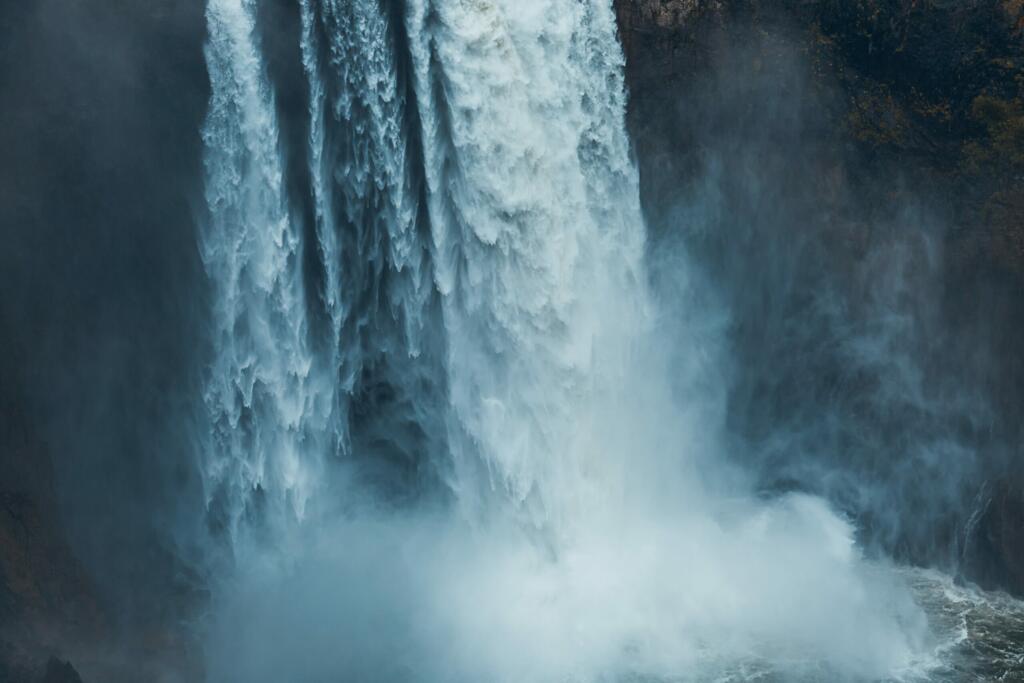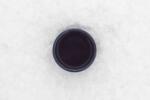Have you ever found yourself pondering over the question, “How long does it take to pee after drinking water or coffee?” Understanding the science behind urination and how different factors influence the time it takes for you to feel the urge to pee can be both intriguing and essential for your overall urinary health.
Table Of Contents
−- Try Our Calculator: How Long Does It Take to Pee After Drinking Water or Coffee?
- Urine Output Calculator
- Urination Frequency: How Long After Drinking Water Do You Pee?
- How Long Does It Take to Pee after Drinking Coffee? (Caffeinated Beverages)?
- Factors Influencing the Time It Takes You to Pee
- What Are the Average Urination Range Patterns for Ordinary People?
- The Regular Pee Range Table for Different Age Groups)
- What is the Average Urine Output per Hour?
- How Many Times a Day Should You Pee?
- How Do You Get Yourself to Stop Peeing So Frequently?
- Conclusion: Prioritize Your Urinary Health
In this comprehensive guide, we delve into the process of urination, explore the average time it takes to pee after drinking water or caffeinated beverages, and examine the factors that affect how often you need to use the restroom. Let’s explore the fascinating journey that water and coffee take through your body!

Try Our Calculator: How Long Does It Take to Pee After Drinking Water or Coffee?
Urine Output Calculator
Urination Frequency: How Long After Drinking Water Do You Pee?
Studies have shown that water can be ingested within 5 to 13 minutes, and it takes around 1 to 2 hours for your body to fully absorb water. Therefore, it can take roughly 8 to 9 hours after drinking water for you to feel the urge to pee if your urinary bladder is empty. However, this time frame may vary based on factors such as your overall health, liquid intake, and external conditions like weather.
How Long Does It Take to Pee after Drinking Coffee? (Caffeinated Beverages)?
The time it takes to pee after drinking coffee can range from 15 to 45 minutes. Caffeine, a key component of coffee, reaches peak levels in your bloodstream within 30 to 60 minutes of consumption. As a diuretic, caffeine promotes the production of urine, which is why you may find yourself needing to pee more frequently after enjoying a cup of joe. In fact, a 12–16 fl oz (355–500 ml) coffee will produce about the same urine as water, but large quantities of caffeine may have a diuretic or dehydrating effect, raising urine volume.
Does caffeine increase urine output?
No, it does not; a 12–16 fl oz (355–500 ml) coffee will produce about the same urine. Second, if you are not a frequent user of coffee or caffeine, then large quantities of caffeine have a diuretic or dehydrating effect, raising urine volume.
Factors Influencing the Time It Takes You to Pee
- The Health of Your Body: Certain medical conditions, such as diabetes or kidney stones, can affect your urination frequency and patterns. For example, people with diabetes may urinate more frequently even after drinking just a glass of water, while those with kidney stones may experience painful urination or reduced urine flow.
- Intake of Water or Liquid: The amount of liquid you consume directly influences how often you need to pee. When your urinary bladder is full, peeing takes only a few minutes. If you drink a lot, you’ll naturally pee more frequently.
- The Weather: Cold temperatures can lead to more frequent urination, as your body finds alternative ways to eliminate surplus water without sweating. In contrast, hot weather may result in less frequent urination due to sweating.
- Medicines: Some medications, such as diuretics and antihypertensive drugs, can increase urine production, leading to more frequent urination.
- Illnesses/Conditions: Conditions like diabetes, overactive bladder, and urinary tract infections can impact your urination frequency and patterns. Early detection and treatment are essential to prevent complications.
What Are the Average Urination Range Patterns for Ordinary People?
Keeping the urination patterns of your body within normal ranges is beneficial for several significant reasons:
- Hydration: It ensures you’re well-hydrated, which is always pleasant.
- Preventing Pressure: It prevents unnecessary pressure on the pelvic floor, bladder, and kidneys, which will help you prevent potential problems with incontinence and leakage.
For example, 30-40% of midlife women report incontinence. Knowing the usual ranges will help you decide when it is time to change your behaviors to be healthier, mainly when you fall outside of them.
The Regular Pee Range Table for Different Age Groups)
| Age | Average Bladder Size | Time to Fill the Bladder Up |
|---|---|---|
| Infant (0–12 months) | 1–2 ounces | 1 hour |
| Toddler (1–3 years) | 3–5 ounces | 2 hours |
| Child (4–12 years) | 7–14 ounces | 2–4 hours |
| Adult | 16–24 ounces | 8–9 hours (2 ounces per hour) |
What is the Average Urine Output per Hour?
The 24-hour urinary volume range is 800 to 2,000 milliliters daily (with a regular fluid intake of about 2 liters per day). These are typical calculations for the outcomes of these experiments. However, normal value ranges can differ based on individual factors.
| Age | Output |
|---|---|
| Adult | >0.5 mL/kg/hr |
| Child | >1 mL/kg/hr |
How Many Times a Day Should You Pee?
Urinating six to eight times in 24 hours is considered typical. If you’re going more frequently, it could simply be because you’re drinking too much fluid or taking too much caffeine, a diuretic that flushes liquids out of the body.
How Do You Get Yourself to Stop Peeing So Frequently?
While frequent urination may sometimes be a symptom of an underlying condition, there are practical ways to reduce the risk and manage urination patterns, except for cases of overactive bladder. Consider the following tips:
How to Reduce Frequent Urination – Things to Consider:
- Increase Fiber Intake: Consuming adequate fiber can prevent constipation, which can lead to frequent urination due to pressure on bladder muscles.
- Avoid Diuretics: Some foods and drinks, including caffeinated and carbonated beverages, spicy foods, artificial sweeteners, and acidic fruits and juices, can increase urine production.
- Reduce Stress: Stressful situations can make you feel like you have to pee. Deep breathing exercises and relaxation techniques can help relieve stress.
- Use the Right Posture When Urinating: Sit upright on the toilet without leaning forward, as leaning can put undue pressure on the bladder and urethra.
- Strengthen Pelvic Muscles: In addition to thigh and glute-strengthening exercises, try Kegel exercises to strengthen your pelvic floor muscles.
- Consume Less Water and Liquids: Reducing your liquid intake can result in less urine formation. However, be mindful of maintaining adequate hydration for overall health.
- Work Up a Sweat: Physical activities that make you sweat, such as jogging, cycling, dancing, and swimming, can help reduce the frequency of peeing by eliminating excess fluid through sweat.
- Maintain a Positive Attitude: Maintaining a positive mindset can assist your body in resuming regular functions. Believe in your ability to control how long you need to pee after consuming water.
Drink Water Wisely: Tips for Regulating Liquid Consumption
Regulating your liquid consumption is crucial to maintaining a healthy urinary system. While reducing liquid intake may seem like a solution to overactive bladder (OAB), it can make your urine more concentrated and irritate the bladder. Consider these strategies for healthy hydration and urination:
- Morning Diuretics: If you take a diuretic, such as coffee, try taking it in the morning. This way, you should be able to empty your bladder by bedtime.
- Stay Hydrated: Drink four to eight eight-ounce glasses of plain water a day when thirsty. Your urine should be light yellow or almost colorless if you’re drinking enough.
- Sip Throughout the Day: Instead of gulping down large amounts at once, sip water gradually throughout the day to avoid overburdening the bladder.
- Limit Nighttime Drinking: If you wake up more than twice a night to urinate, consume the majority of your fluids during waking hours. Limit drinking two to three hours before bedtime.
Conclusion: Prioritize Your Urinary Health
Understanding how long it takes to pee after drinking water or coffee, as well as the factors that influence urination frequency, is essential for maintaining optimal urinary health. Whether you’re a coffee enthusiast or someone who prioritizes staying hydrated with water, it’s important to listen to your body’s signals and respond to the urge to pee in a timely manner.
Remember that occasional variations in urination frequency are normal, but significant changes accompanied by symptoms such as back pain, blood in the urine, cloudy or discolored urine, difficulty passing urine, fever, or pain when urinating may indicate an underlying medical condition. In such cases, seeking medical advice for proper diagnosis and treatment is vital.
By being mindful of your liquid intake, understanding external factors, and adopting healthy peeing habits, you can enjoy the benefits of proper hydration and support your body’s natural elimination process. A well-hydrated body is a healthy body, and awareness of your urination patterns is a key component of overall wellness.
Disclaimer Any health or medically-related content (including video, photographs, images, graphs, diagrams, or other media) published on crazycoffeecrave.com is created only for general information, education, or entertainment. The content on crazycoffeecrave.com is not intended to provide medical advice and should not be used as a substitute for professional medical advice.
Disclaimer: This post contains affiliate links, which means I may receive a small commission, at no extra cost to you, if you make a purchase using these links. Remember to support us by purchasing through the Amazon/Walmart/Impact Radius links provided. Last update on 2024-04-25 / Affiliate links / Images from Amazon Product Advertising API
Disclosure: No compensation or free products were received in exchange for writing this review.

Editorial Staff
The editorial staff at Crazy Coffee Crave is a team of coffee enthusiasts & Baristas who enjoy the one thing we all think about as soon as we get up in the morning. Trusted by thousands of readers worldwide.





